Small businesses in today’s ever-evolving commerce landscape are embracing a game-changing tool: Small Business Online Payment Solutions. This transformative shift from traditional cash registers and checkbooks to digital transactions has become paramount for small enterprises. In this article, we will delve into the reasons behind this crucial transition and its impact on small businesses’ operations and customer service.
Types of Small Business Online Payment Solutions
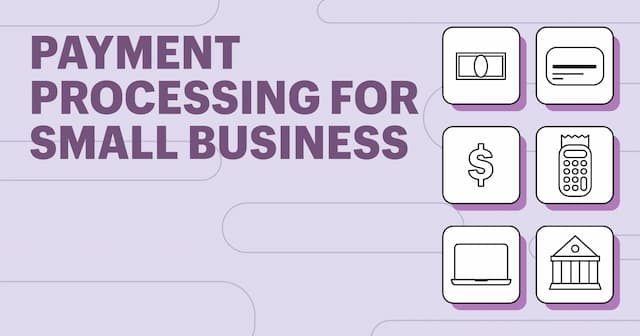
In today’s fast-paced world of commerce, small businesses have expanded their payment options beyond cash and checks thanks to the digital era. A wide range of Small Business Online Payment Solutions has emerged, each catering to specific needs and preferences. In this section, we will delve into three main types of these solutions: Mobile Payment Apps, E-Commerce Payment Gateways, and Point of Sale (POS) Systems.
Mobile Payment Apps
Mobile payment apps revolutionize the way small businesses handle transactions. Just picture using your smartphone as a complete point-of-sale system. These apps empower you to accept payments on the move, whether you’re at a physical store, a pop-up market, or providing door-to-door services.
Some well-known mobile payment apps, such as Square, PayPal Here, and Shopify POS, offer an array of features to enhance your business operations. These applications provide inventory management tools, customizable receipts for a personalized touch, and even analytics that allow you to monitor sales trends effectively. In addition, they support various payment methods including credit cards, mobile wallets, and contactless payments.
E-commerce Payment Gateways
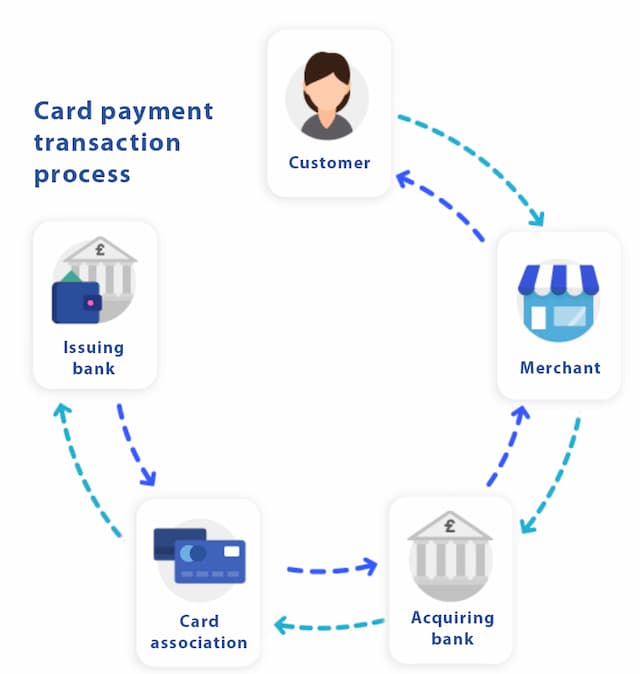
For businesses that operate online, e-commerce payment gateways serve as the ideal solution. These gateways seamlessly integrate with your website, guaranteeing a hassle-free payment process for customers who shop on the web.
When a customer makes a purchase, the payment gateway securely processes the transaction. It ensures maximum protection for both the customer and the business by encrypting sensitive data. Some popular e-commerce payment gateways that offer robust features include Stripe, PayPal, and Authorize.Net. These gateways enable subscription billing, and recurring payments, and provide fraud prevention tools.
Point of Sale (POS) Systems
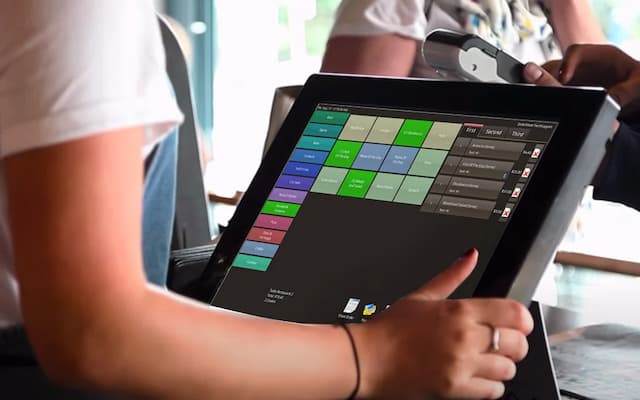
A physical store owner will find a POS system to be their best companion. These systems have been specifically designed to handle all essential aspects of running a business, including processing sales, managing inventory, and nurturing customer relationships.
POS systems such as Clover and Shopify POS offer numerous benefits. They enable businesses to accept various payment methods, manage inventory in real-time, and even create customized loyalty programs to reward loyal customers. This versatility makes POS systems suitable for a range of establishments including restaurants, boutiques, salons, and more.
Read More: Business Virtual Debit Cards: Shaping The Future Of Financial Transactions
Factors to Consider When Choosing Payment Solutions

Choosing the appropriate payment solution for a small business holds immense significance. Multiple factors need to be considered, as each one can profoundly impact day-to-day operations and customer satisfaction. In this section, we will carefully explore the crucial aspects that should guide your decision-making process in selecting a payment solution.
Transaction Fees and Costs
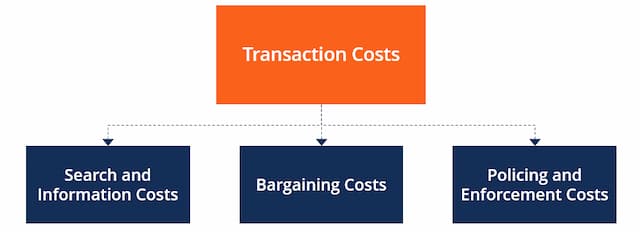
Understanding the pricing models of payment solutions is essential. Most providers charge transaction fees, which can vary widely. Some platforms charge a fixed percentage of each sale, while others impose a flat fee per transaction.
It’s vital to assess how these fees will affect your business’s profitability. Consider your average transaction value and volume when evaluating which pricing model makes the most financial sense. Keep an eye out for hidden costs, such as chargeback fees or monthly subscription charges.
Security and Fraud Prevention
Security is non-negotiable when it comes to handling customer payments. Data breaches and fraud can lead to significant financial losses and damage to your business’s reputation.
Ensure that your chosen payment solution prioritizes data security. Look for compliance with industry standards like PCI DSS (Payment Card Industry Data Security Standard). Additionally, consider solutions that offer advanced fraud prevention tools to safeguard against unauthorized transactions.
Integration with Business Tools

For streamlined operations, it’s crucial that your payment solution integrates seamlessly with your existing business tools, such as accounting software and customer relationship management (CRM) systems.
Check whether your chosen payment solution offers integration with popular accounting software like QuickBooks or Xero. This integration simplifies bookkeeping and financial management. Furthermore, look for CRM compatibility to enhance customer engagement and maintain a comprehensive record of your transactions.
Benefits of Using Small Business Online Payment Solutions
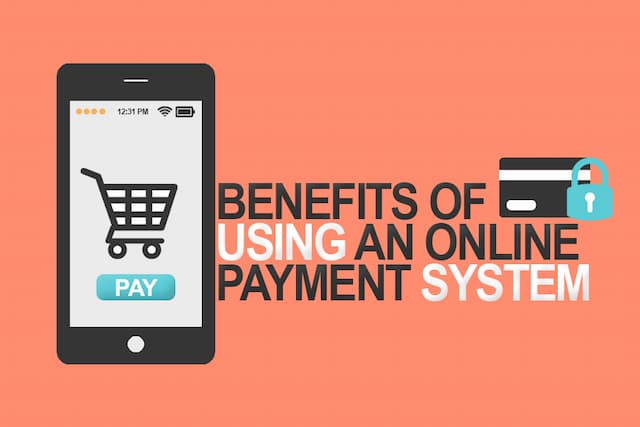
Small businesses are thriving in the digital age today, thanks to the introduction of Small Business Online Payment Solutions. These platforms offer numerous benefits that can have a significant impact on the success of small businesses. This section explores the advantages of embracing Small Business Online Payment solutions.
Increased Sales and Customer Convenience
Online payment solutions provide customers with the convenience of making purchases at any time, from anywhere with an internet connection. This accessibility translates to increased sales opportunities for small businesses.
Customers appreciate the simplicity of online payments. With just a few clicks or taps, they can complete a purchase, eliminating the need to visit a physical store. This ease of transaction encourages repeat business and customer loyalty.
Improved Cash Flow and Financial Management
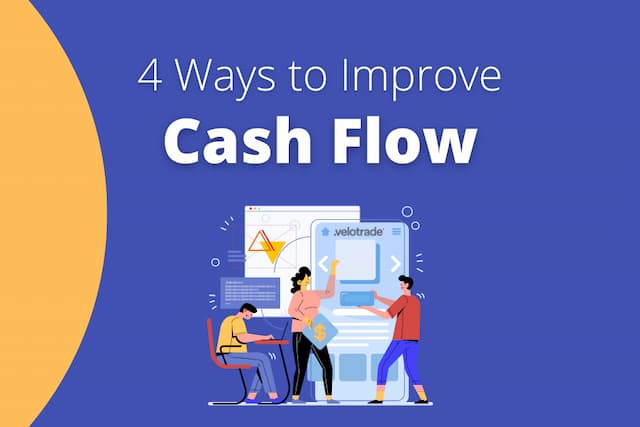
Online payment solutions expedite the payment process. Funds are transferred to your business account more swiftly than traditional methods like checks, boosting your cash flow.
These platforms often integrate with accounting software, simplifying financial record-keeping. You can effortlessly track your income, expenses, and transaction history, which is crucial for making informed business decisions.
Enhanced Customer Trust and Loyalty
Online payment solutions prioritize security, protecting both your business and your customers. Trustworthy security measures, such as encryption and fraud prevention tools, instill confidence in your customers. Refunding customers for returned items or resolving disputes becomes more efficient with online payment solutions. This speed in resolving issues
How to Implement Small Business Online Payment Solutions?
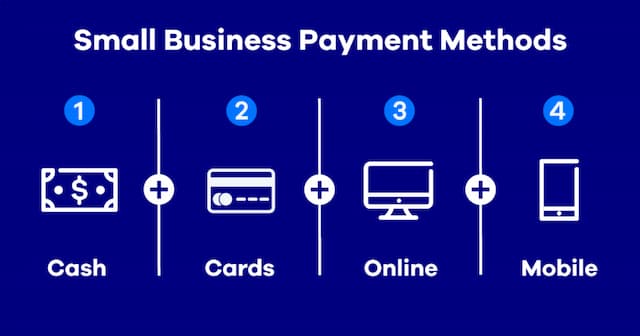
You’ve recognized the benefits of online payment solutions for your small business, and now it’s time to dive into implementation. This section will guide you through the essential steps to seamlessly integrate Small Business Online Payment Solutions into your operations.
Setting Up Payment Gateways
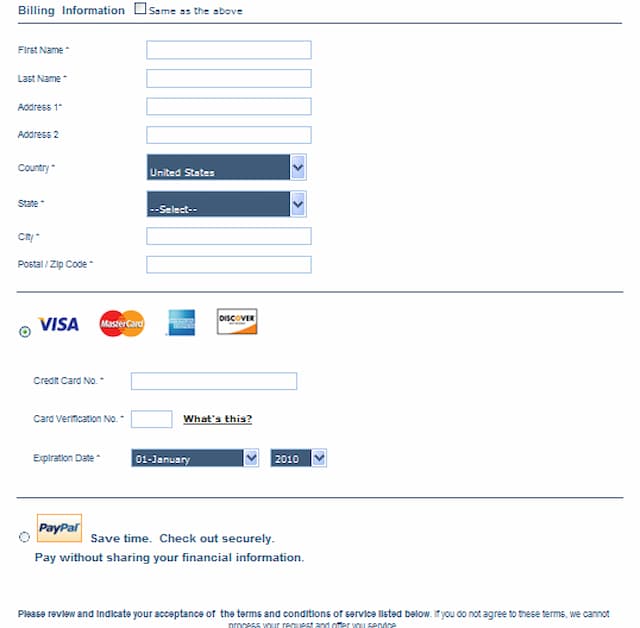
Check this out: Insurance Scams – Unveiling The Schemes Targeting Your Finances
Begin by selecting a payment gateway that suits your business needs. Assess factors like transaction fees, compatibility with your website or point of sale system, and supported payment methods.
Once you’ve chosen a payment gateway, follow their setup instructions. This typically involves integrating their payment processing code into your website or POS system. Most providers offer detailed guides or customer support to assist you through this process.
Training Staff and Customers
Ensure your employees are well-versed in processing online payments. Provide training on using the chosen payment gateway, addressing common customer questions, and recognizing potential issues. Staff knowledge instills confidence in customers.
Inform your customers about the new online payment option. This can be done through email newsletters, website announcements, or in-store signage. Create user-friendly guides or videos to help customers understand how to make payments online.
Testing and Monitoring
Before going live, run comprehensive tests to ensure the payment process works flawlessly. This includes making test transactions, checking for compatibility with various devices and browsers, and verifying that funds are correctly deposited into your business account.
Once you’re up and running, keep a close eye on your payment system’s performance. Monitor transaction volumes, review customer feedback, and promptly address any technical issues. Regularly update your security measures to stay ahead of potential threats.
In conclusion, Small Business Online Payment Solutions have emerged as not just a convenience but a necessity for small businesses. They empower you to tap into a broader customer base, provide seamless transactions, and foster trust and loyalty. In an era where digital interactions are the norm, these solutions bridge the gap between your business and your customers.
By: Save Google Wave

